When Peter the Great visited England in 1698, he wasn't on a formal state visit. He came because he wanted to learn how to build ships. He knew that the English were the best shipbuilders in the world and he was determined to learn from the experts.
Whilst in England he attracted a large number of English craftsmen who wanted to make new lives for themselves in Russia.
Amongst them was Joseph Nye, a shipwright with a business in the Isle of Wight, who took his chance with Peter and threw in his lot with the charismatic autocrat.


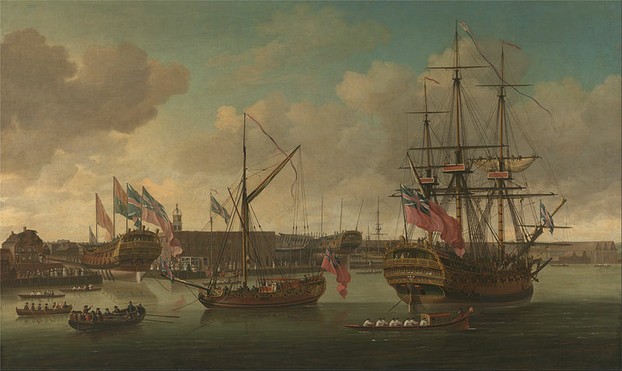
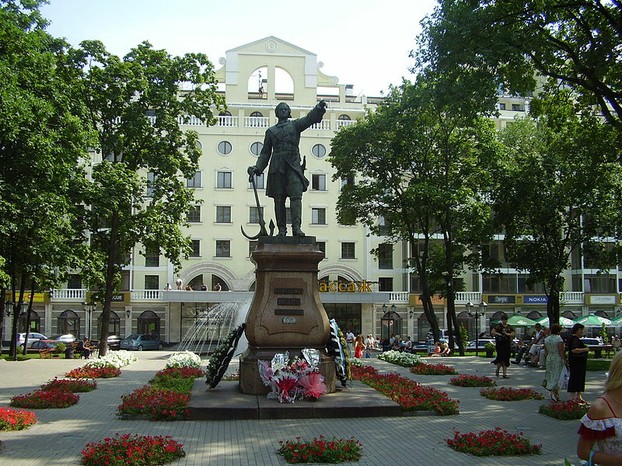
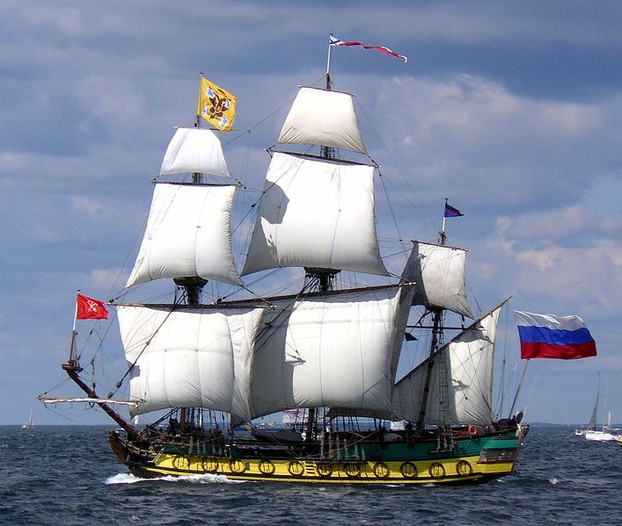
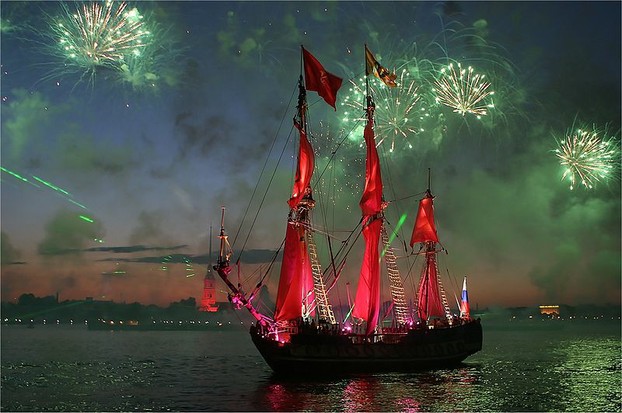



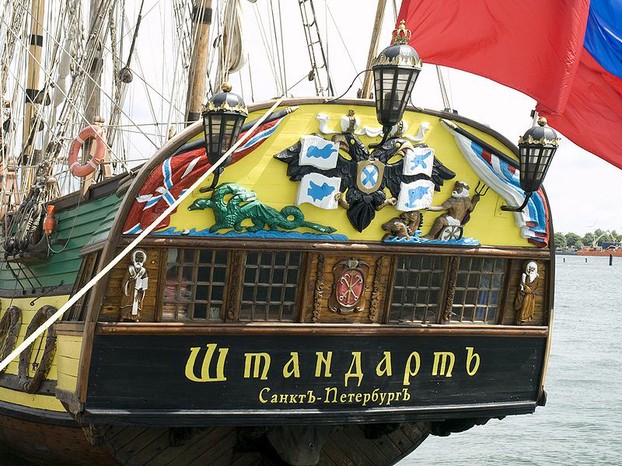
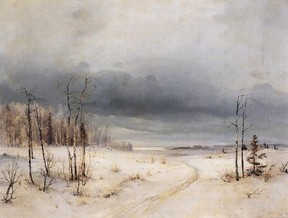 conditions - must have been a great cultural shock for Nye and his family . But Peter paid well and when after a few years Nye declared that he was going back home, the Czar increased his pay and Nye stayed on.
conditions - must have been a great cultural shock for Nye and his family . But Peter paid well and when after a few years Nye declared that he was going back home, the Czar increased his pay and Nye stayed on.

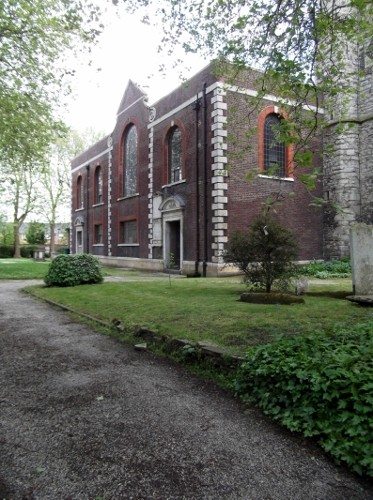
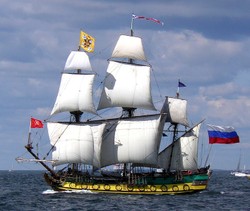

 How to Choose a Walking Cane or Stickon 08/01/2014
How to Choose a Walking Cane or Stickon 08/01/2014
 Michael Miller Fabulous Fabric Swatches for Quilting, Crafts etcon 07/02/2014
Michael Miller Fabulous Fabric Swatches for Quilting, Crafts etcon 07/02/2014
 The Drama of Life in the Rock Poolon 06/08/2014
The Drama of Life in the Rock Poolon 06/08/2014
 The Flâneur - Symbol of Modernity in 19th Century Parison 05/09/2014
The Flâneur - Symbol of Modernity in 19th Century Parison 05/09/2014

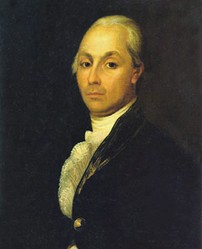
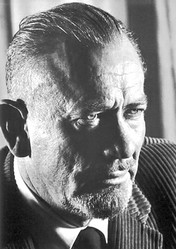
Comments